Paddleboarding has become a popular way to explore waters, offering both fitness and recreation. As the sport evolves, a new choice has emerged: the electric motor SUP (Stand-Up Paddleboard), which combines traditional paddleboarding with the convenience of motorized assistance. Whether you're drawn to paddleboarding for fitness, leisure, or adventure, this guide compares the key features of electric motor SUPs versus traditional paddleboards to help you choose the one that aligns with your needs, preferences, and lifestyle.
Traditional Paddleboards
What Are Traditional Paddleboards?
Traditional paddleboards require the paddler to use their body to propel the board through water, relying entirely on human power. There are three main types of traditional paddleboards:
-
Hard Boards (Epoxy): Lightweight, agile, and responsive, these boards are perfect for those seeking performance, such as SUP surfing or racing.
-
Inflatable Paddleboards (iSUPs): These boards are more portable and durable, offering convenience for casual and recreational paddlers.
-
Soft Top Boards: Ideal for beginners and families, these boards are forgiving, easy to balance on, and offer a comfortable, stable ride.
Each type of traditional paddleboard has its own set of advantages, but they all share a focus on physical engagement and connection with the water.
Key Benefits of Traditional Paddleboards:
-
Physical Workout: Traditional paddleboarding is an excellent full-body exercise that engages your core, arms, and legs.
-
Cost-Effective: Traditional boards are generally more affordable, with lower maintenance costs.
-
Environmental Impact: With no motorized components, these boards are completely silent and produce no emissions, making them eco-friendly.
Disadvantages of Traditional Paddleboards:
-
Physical Exertion: Long-distance paddling or navigating rough waters can be exhausting and challenging.
-
Time-Consuming Setup: Inflating an iSUP manually can take time and effort, particularly for beginners.
Electric Motor SUPs
What Are Electric Motor SUPs?
Electric motor SUPs integrate an electric motor and battery system that propels the board forward, making paddling significantly easier. These boards come in two primary configurations:
-
Built-in Motors: Motors are integrated directly into the board, offering a sleek design with less drag.
-
Detachable Motors/Conversion Kits: These provide flexibility, allowing you to add or remove the motor as needed, making it adaptable to various SUPs or kayaks.

How Do Electric Motor SUPs Work?
Electric motor SUPs use waterproof pods that house the motor, battery, and other components. These motors are typically controlled via a remote, allowing the user to adjust speed and direction effortlessly.
Key Benefits of Electric Motor SUPs:
-
Reduced Physical Effort: The electric motor assists with propulsion, allowing users to enjoy longer trips without tiring out.
-
Increased Accessibility: These boards are ideal for people with physical limitations or those seeking a more relaxed experience.
-
Extended Range and Speed: Electric motors help users cover greater distances and maintain a steady speed, even in challenging conditions like strong currents and winds.
-
Convenience: Electric pumps make setup quick and easy, and the motor offers precise control through wireless remotes.
Disadvantages of Electric Motor SUPs:
-
Higher Cost: Electric motor SUPs are generally more expensive, both initially and in terms of ongoing maintenance.
-
Environmental Impact: The manufacturing and disposal of lithium-ion batteries contribute to a higher overall environmental footprint compared to traditional boards.
-
Regulatory Complexity: Motorized paddleboards are considered vessels, meaning they are subject to more legal requirements, including registration and licensing.
| Feature | Traditional Paddleboard | Electric Motor SUP |
|---|---|---|
| Propulsion Method | Human-powered (paddling with arms/core) | Motor-assisted (electric motor, battery-powered) |
| Primary Benefit | Full-body workout, direct water connection | Reduced physical effort, extended range, accessibility |
| Key Disadvantage | High physical exertion for long distances/conditions | Higher cost, battery dependence, regulatory complexity |
| Typical Cost Range | $357 - $3,500 (board only) | $200 - $7,000 (kit to full system) |
| Maintenance Complexity | Simple (cleaning, ding repair) | Moderate to complex (motor, battery care) |
Recommended: DIY Guide: Upgrading Your SUP with an Electric Motor
Performance and User Experience
The primary difference between traditional paddleboards and electric motor SUPs lies in their propulsion methods. Traditional paddleboards rely on human power, which makes them more physically demanding. Paddlers exert energy to propel the board through the water, which provides a great workout but limits the distance and speed achievable without tiring. Electric motor SUPs, on the other hand, offer motor-assisted propulsion that makes it easier to cover longer distances at a consistent speed without as much physical effort.
-
Speed: Traditional boards generally reach speeds of 3.5 to 4.5 mph for recreational paddlers, while electric motor SUPs can range from 2 to 6 mph, with some models reaching up to 7 mph.
-
Physical Exertion: Traditional paddleboards provide a strenuous full-body workout, while electric SUPs allow for a more leisurely, low-exertion experience.
-
Accessibility: Electric motor SUPs make paddleboarding more accessible to beginners and individuals with physical limitations.
| Feature | Traditional Paddleboard | Electric Motor SUP |
|---|---|---|
| Speed | 3.5 - 4.5 mph (recreational); 5 - 7 mph (elite racers) | 2 - 6 mph (3 - 10 km/h); up to 7 mph (high power) |
| Physical Exertion | High (full-body workout, can be exhausting) | Low (gliding, less strain) |
| Accessibility for Beginners/Limited Mobility | Moderate (requires balance, stamina) | High (reduces physical barriers) |
| Primary Maneuverability Control | Paddle strokes, body weight, foot placement | Motor & wireless remote (speed, steering, reverse) |
| Ability to Counter Currents/Wind | Challenging (demands significant effort) | Easier (motor provides consistent thrust) |
Cost of Ownership
While traditional paddleboards are more affordable, electric motor SUPs come with a higher initial investment. Conversion kits for adding a motor to a standard paddleboard can cost between $200 and $1,000, whereas fully integrated electric SUPs typically cost between $3,000 and $7,000. Maintenance for electric SUPs can also be more complex, requiring motor and battery care, while traditional boards only require basic maintenance like cleaning and occasional repairs.
| Feature | Traditional Paddleboard | Electric Motor SUP |
|---|---|---|
| Initial Investment | $357 - $3,500 | $357 - $955 (for base board); $3,000 - $7,000 (includes motor) |
| Initial Motor/Pump Cost | $0 (manual pump included/low cost) | $200 - $1,000 (motor kit); included in full systems |
| Typical Essential Accessories Cost | $100 - $300 | $100 - $300 |
| Estimated Annual Maintenance/Repair | $50 - $100 (individual board) | $100 - $300 (includes motor care) |
| Battery Replacement Frequency | N/A | Annual (conversion kits); Every 2-3 years (integrated motor) |
| Battery Replacement Cost (Estimate) | N/A | $200 - $500+ (conversion kit); $500 - $1,000+ (integrated motor) |
| Estimated Charging Cost Per Full Charge | N/A | Less than $0.10 |
Portability, Storage & Convenience
Traditional Paddleboards:
Traditional paddleboards, especially hard boards, are bulkier and require roof racks or trucks for transport. They also need more storage space, often requiring specialized racks. Inflatable paddleboards (iSUPs) are more portable, rolling up into a compact size for easy storage in small spaces, but inflating them with a manual pump can take 10-15 minutes, which can be tiring.
Electric Motor SUPs:
Electric motor SUPs offer more convenience with detachable motors, making them easier to transport. Inflatable electric SUPs can be easily deflated and stored like traditional iSUPs, and electric pumps reduce inflation time. Integrated motors add weight but streamline the setup. Battery and motor care are essential, requiring proper storage in cool, dry places.
In terms of storage and convenience, traditional iSUPs are easy to store, while electric motor SUPs offer quicker setup with electric pumps and remote control for navigation, making them more convenient overall. However, electric motor SUPs require careful battery and motor maintenance.
| Feature | Traditional Paddleboard | Electric Motor SUP |
|---|---|---|
| Ease of Transport | Difficult (requires roof rack/truck) | Moderate (board easy, motor adds weight/component) |
| Setup Time (Inflation/Motor Attach) | Ready to use (if stored inflated) | Quick/Automated (electric pump, easy attach) |
| Storage Space Required | Large (long, rigid) | Compact (deflated board, separate motor) |
| Key Storage Considerations | UV/Heat protection, avoid pressure points | Battery care, motor rinsing, dry storage |
Environmental Impact
Traditional Paddleboards:
-
Operational Impact: Zero emissions during use and minimal environmental disruption.
-
Lifecycle: Their environmental footprint is mainly from manufacturing, but it’s generally lower than electric SUPs.
Electric Motor SUPs:
-
Operational Impact: Zero emissions during operation but the manufacturing of lithium-ion batteries contributes to environmental concerns.
-
Lifecycle: The extraction and disposal of materials like lithium and cobalt for batteries can have significant ecological impacts.
| Feature | Traditional Paddleboard | Electric Motor SUP |
|---|---|---|
| Noise Pollution | Quiet (minimal noise during operation) | Quiet (compared to combustion engines) |
| Water Quality and Operational Emissions | Zero operational emissions | Zero emissions during operation, no chemical spills |
| Battery Lifecycle (Manufacturing and Disposal) | Simpler lifecycle | Energy-intensive manufacturing, disposal concerns with lithium-ion batteries |
Safety and Regulations in California and Los Angeles County
General Paddleboard Safety:
All paddleboarders, whether using traditional or motorized boards, are required to wear a U.S. Coast Guard-approved Personal Flotation Device (PFD). A whistle or other sound-producing device is also mandatory, and navigation lights are required when paddling between sunset and sunrise.
Specific Regulations for Electric Motor SUPs:
Motorized paddleboards are classified as vessels, and as such, they are subject to stricter regulations, including vessel registration and a California Boater Card (starting January 1, 2025). They must also comply with noise level restrictions and carry a fire extinguisher.
| Regulation/Requirement | Applies to Traditional SUP | Applies to Electric Motor SUP | Specifics/Notes (CA State Law) | Specifics/Notes (LA County/Local) |
|---|---|---|---|---|
| USCG-Approved PFD | Yes (carry on board) | Yes (carry on board) | Children under 13 must wear while moving | Children 12 and under must wear while moving |
| Whistle/Sounding Device | Recommended | Required | Vessels less than 39.4 ft need | Check local lake rules |
| Navigation Lights (Sunset-Sunrise) | Required (white light) | Required (white light) | Flashlights or similar device | Required during restricted visibility |
| California Boater Card | No (propelled solely by paddles) | Yes (for motors 15hp+, by 2025) | 16+ years old, or 12-15 with supervisor | Check local lake rules |
| Vessel Registration | No (propelled solely by paddles) | Yes (with DMV) | Current registration required | Check local lake rules |
| Fire Extinguisher | No | Yes | USCG approved | Check local lake rules |
| Muffler | No | Yes (adequate, noise level) | Meet state noise level requirements | Check local lake rules |
| Speed Limits | N/A | Yes (motorized vessel rules apply) | Varies by location (e.g., 5mph no-wake zones) | Marina del Rey: 5 mph no-wake; Westlake Lake: check |
| Boating Under the Influence (BUI) | Yes (illegal to operate under influence) | Yes (illegal to operate under influence) | 0.08% BAC (0.01% for minors) | Subject to arrest/booking |
| Local Permits/Rules | Yes (check local lake/harbor) | Yes (check local lake/harbor) | Varies by location | Westlake Lake: electric only; Marina del Rey: noise limits |
Conclusion
The choice between a traditional paddleboard and an electric motor SUP depends on your priorities and intended use. If you're looking for a budget-friendly, physically engaging workout, a traditional paddleboard is an excellent choice. However, if you prioritize ease of use, longer trips, or have physical limitations, an electric motor SUP offers more convenience and accessibility.
FAQs
Are electric motor SUPs harder to maintain than traditional paddleboards?
Yes, electric motor SUPs require more maintenance due to their motors and batteries. Traditional paddleboards mainly need basic care like cleaning and occasional repairs.
Can beginners use electric motor SUPs?
Yes, electric motor SUPs are more beginner-friendly because they reduce the physical effort required for propulsion, making them accessible to a wider range of users.
Are there environmental concerns with electric motor SUPs?
Yes, while electric motor SUPs produce no emissions during use, the environmental impact comes from the manufacturing and disposal of lithium-ion batteries, which require careful consideration.
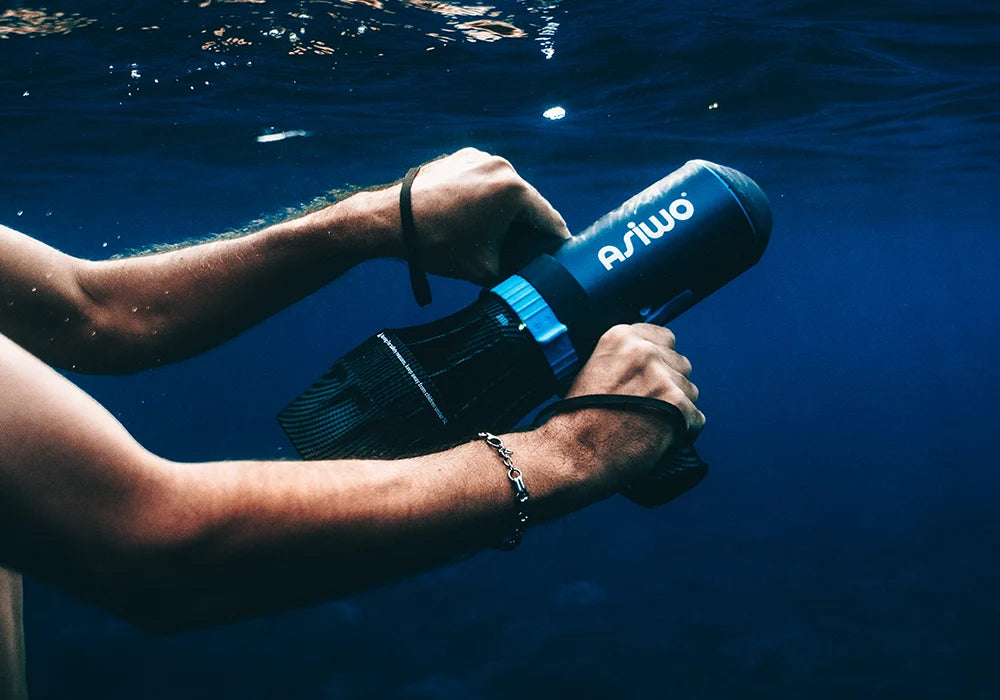




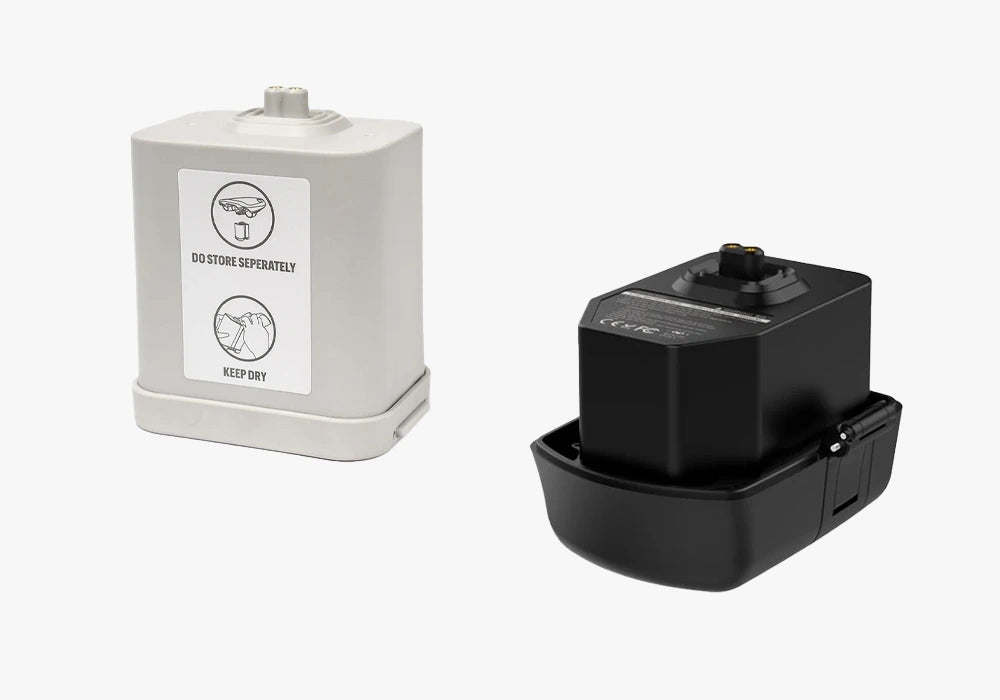




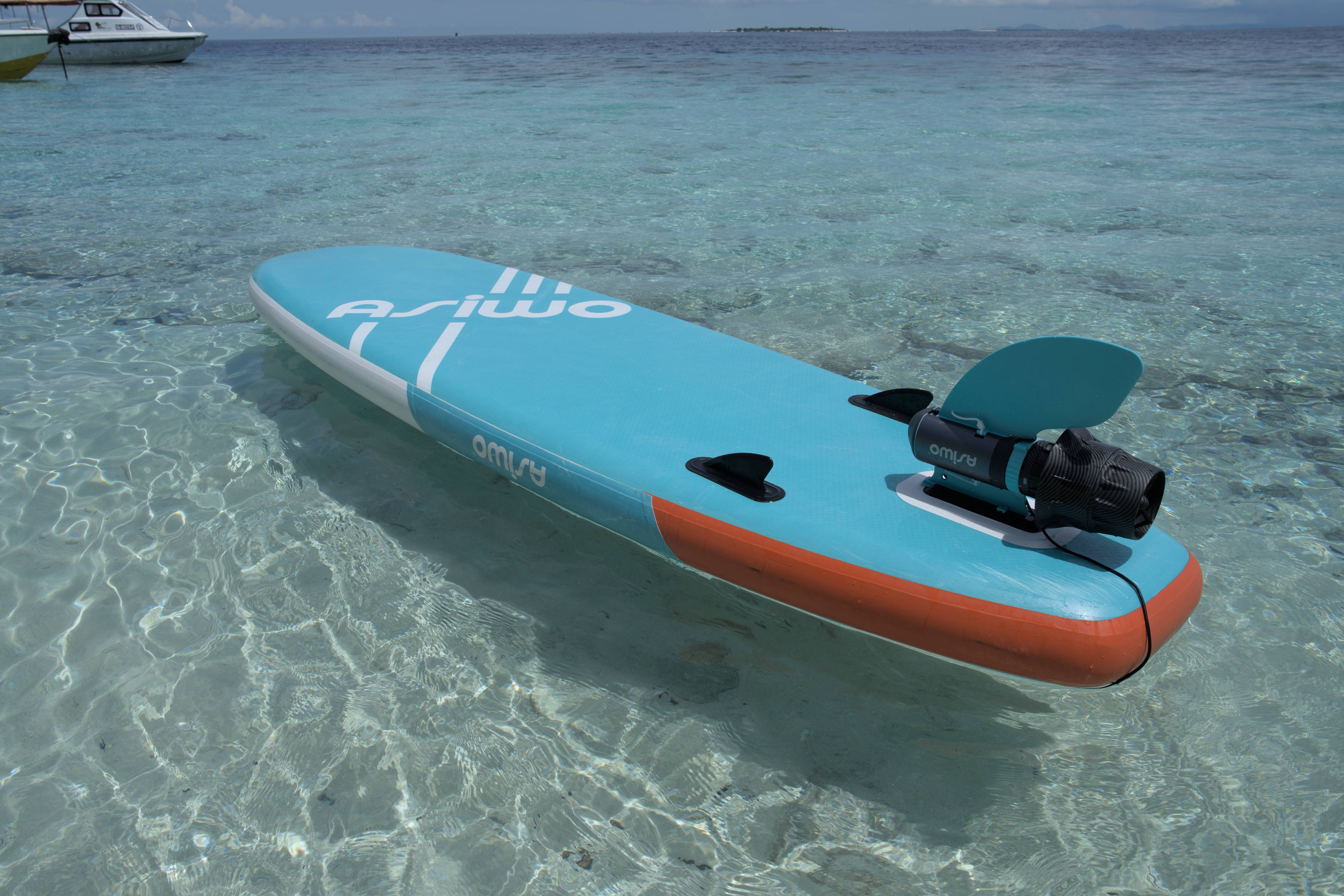
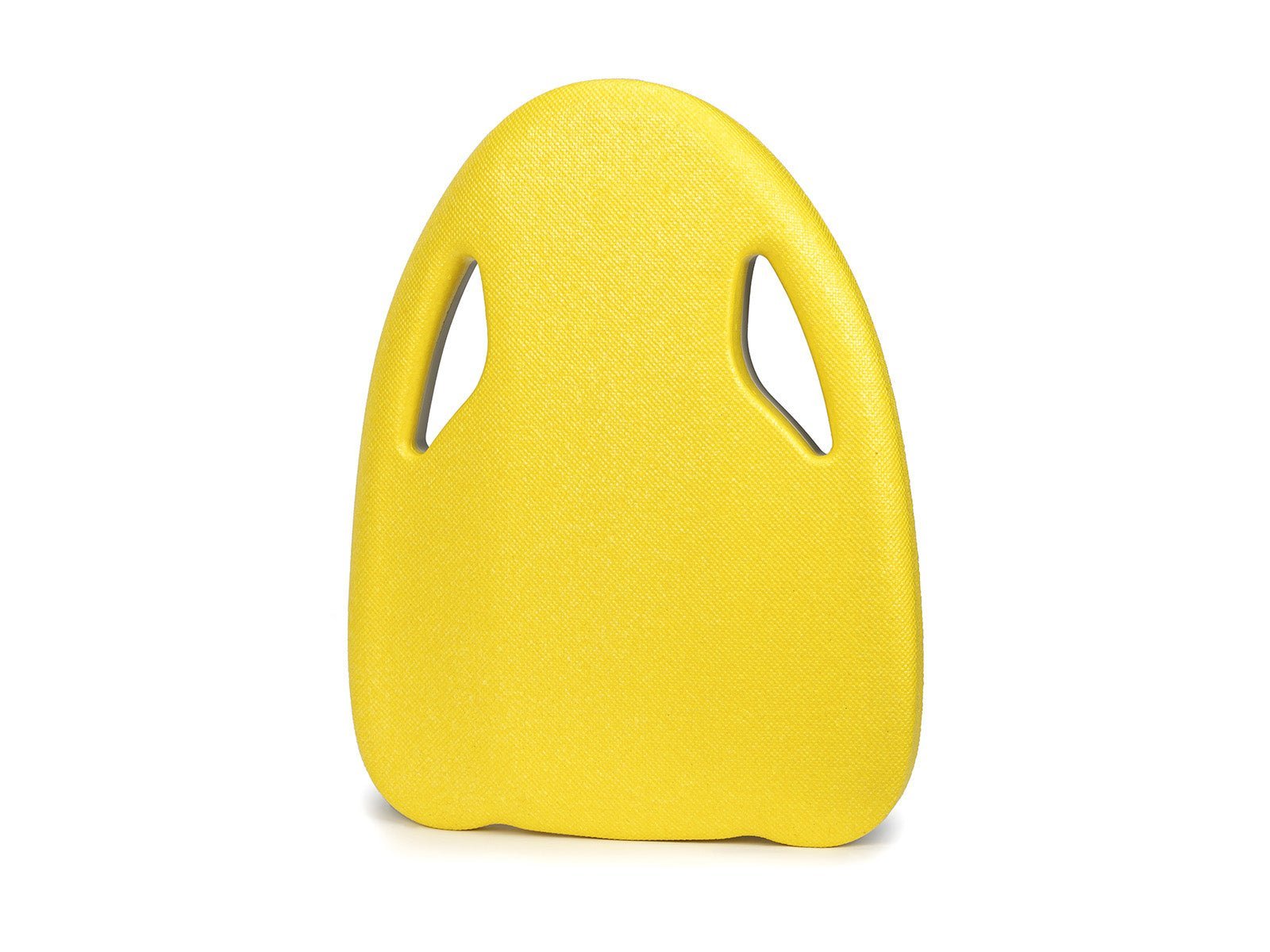
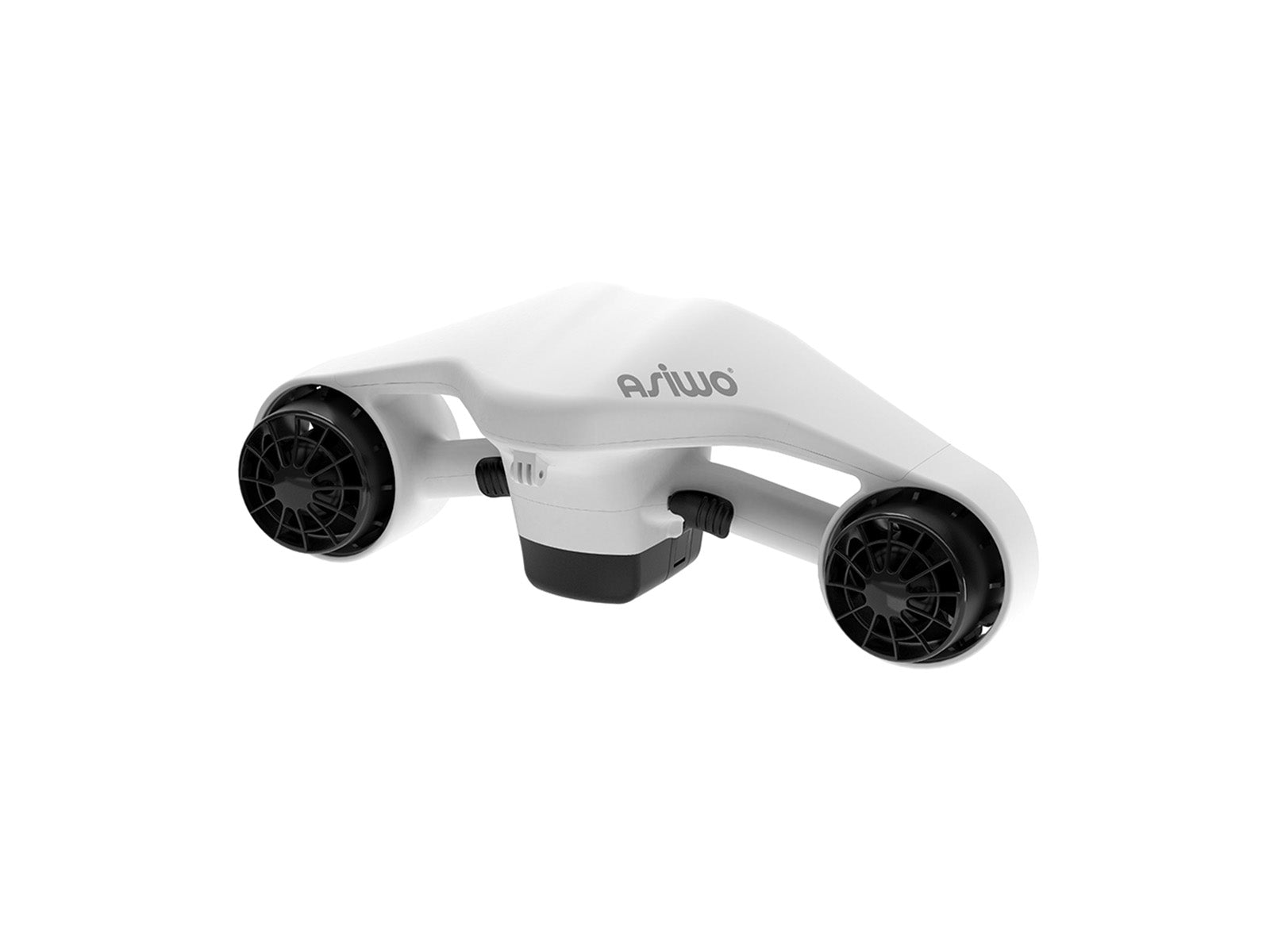
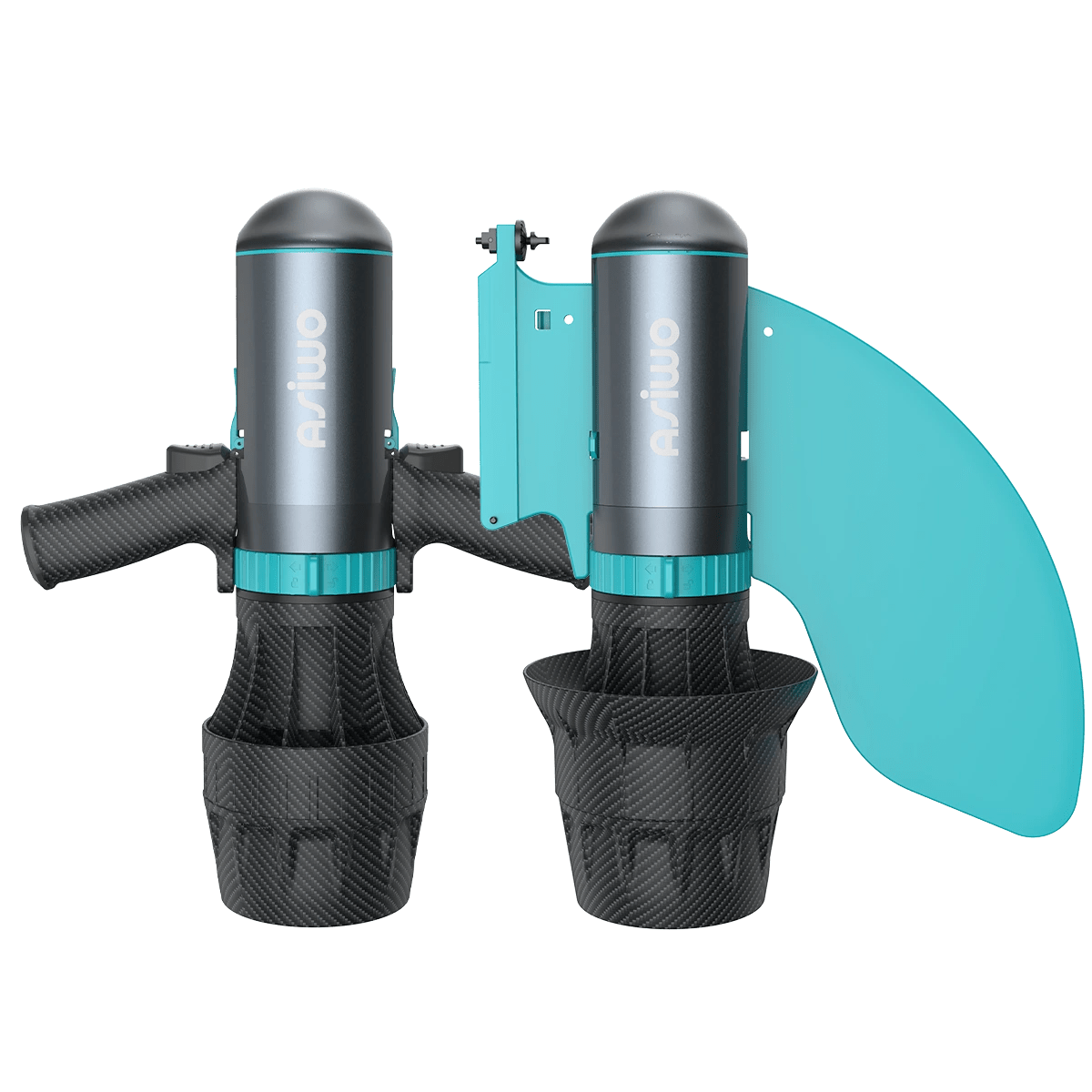


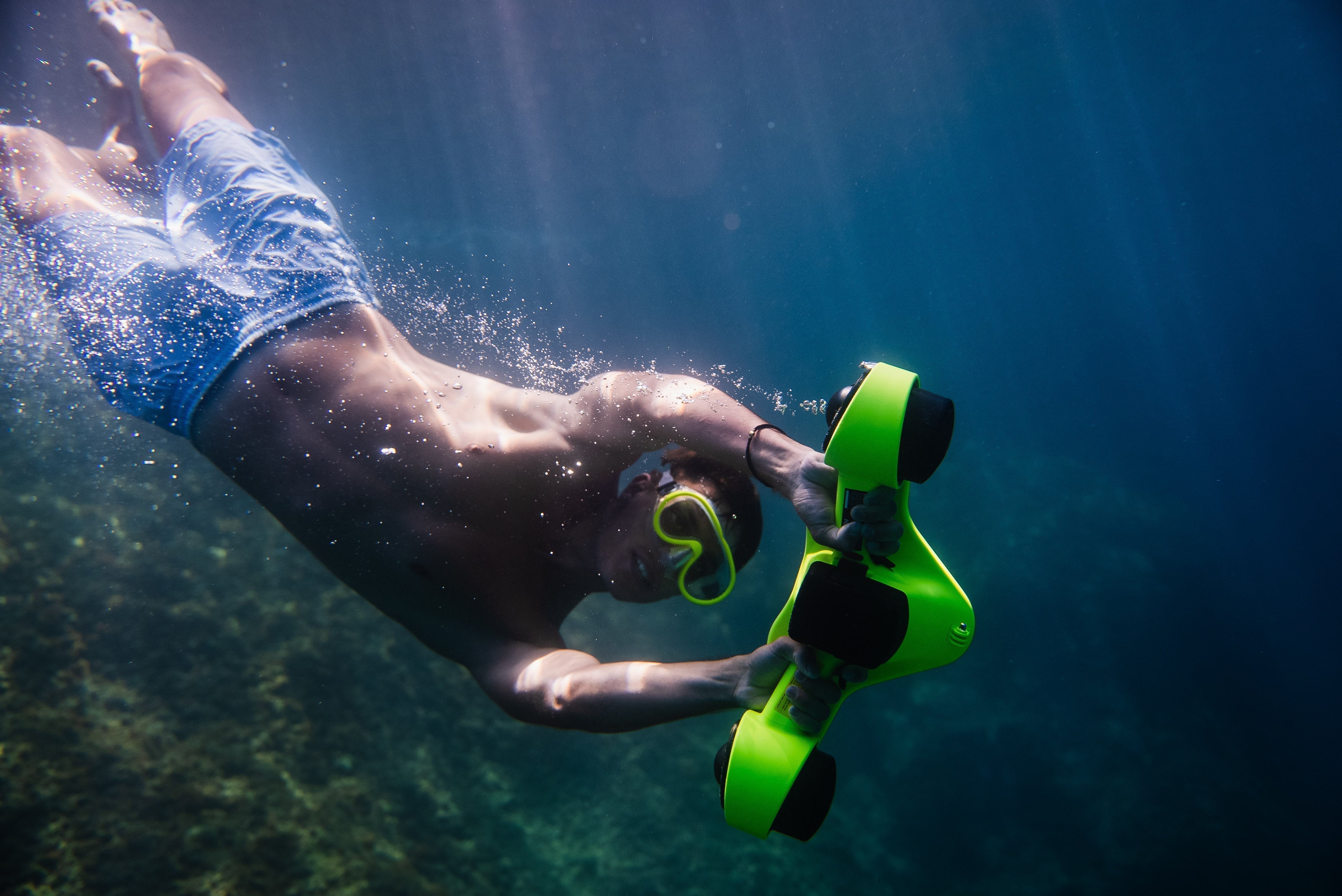
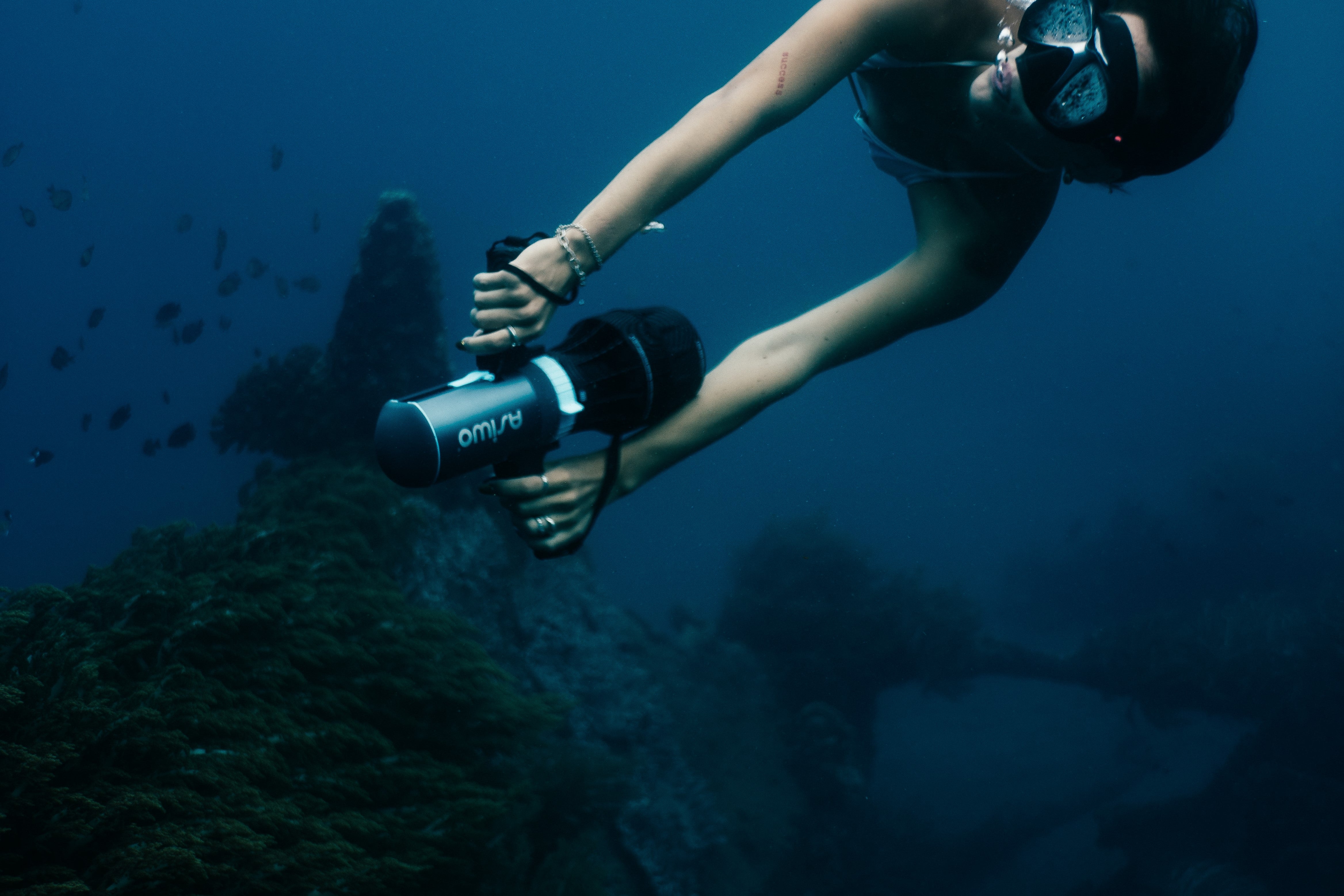
Lascia un commento